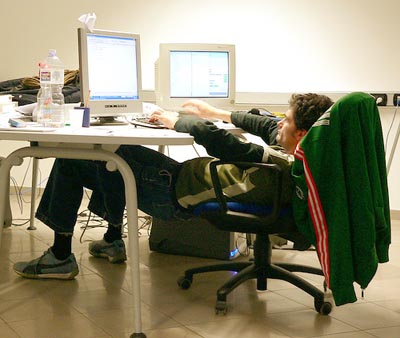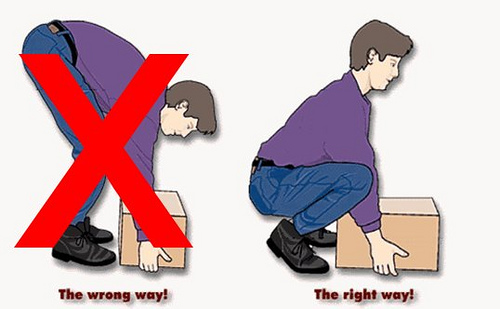 Controlling exposures to occupational hazards is the fundamental method of protecting workers. Traditionally, a hierarchy of controls has been used as a means of determining how to implement feasible and effective controls. One representation of this hierarchy can be summarized as follows:
Controlling exposures to occupational hazards is the fundamental method of protecting workers. Traditionally, a hierarchy of controls has been used as a means of determining how to implement feasible and effective controls. One representation of this hierarchy can be summarized as follows:
- Elimination
- Substitution
- Engineering controls
- Administrative controls
- Personal protective equipment
The idea behind this hierarchy is that the control methods at the top of the list are potentially more effective and protective than those at the bottom. Following the hierarchy normally leads to the implementation of inherently safer systems, ones where the risk of illness or injury has been substantially reduced.
via CDC – Engineering Controls – NIOSH Workplace Safety and Health Topic.




